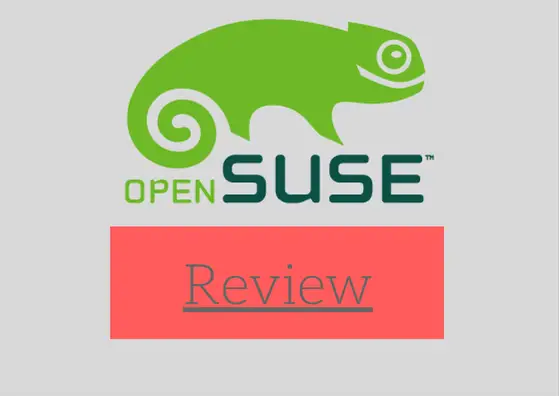openSUSE : Distro Review Of The Week
Table of Contents
openSUSE is one of the best Linux distributions in the world. Apart from Ubuntu, openSUSE is probably one of the best multi-purpose distribution around.The distro is geared towards desktop users and developers working on desktop or server. openSUSE is based on SUSE Linux Enterprise.
The Desktop(s)
All of the desktop environments look great on openSUSE as they integrate well. openSUSE 42.1 is stable and everything just works. You would think for 4.7GB, you will get multimedia to work out of the box but you need to download codecs for multimedia playback as it comes with no proprietary ones. You get your user applications, the very capable LibreOffice, GIMP, uGet, Firefox, and some others. openSUSE developers have also developed the Open Build Service (OBS) which is a build tool for packaging software for openSUSE and many other distros. There are thousands of packages available for openSUSE due to the OBS.
Desktop Environments
As I mentioned earlier, you can install most desktop environments on openSUSE during the installation process or after installation with the very powerful YasT tool. With openSUSE, all software and desktop environments are first class citizens. Take a look at some screenshots of some of the desktop environments.
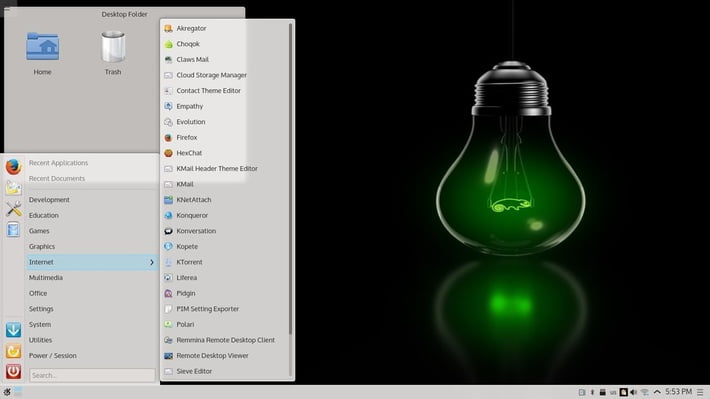
openSUSE with KDE Plasma 5 desktop
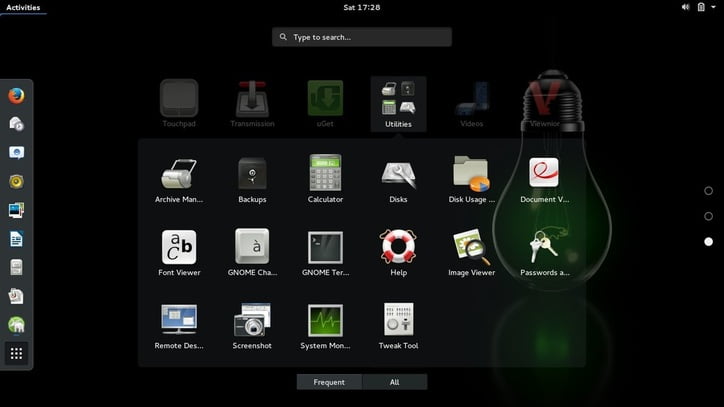
openSUSE with GNOME desktop
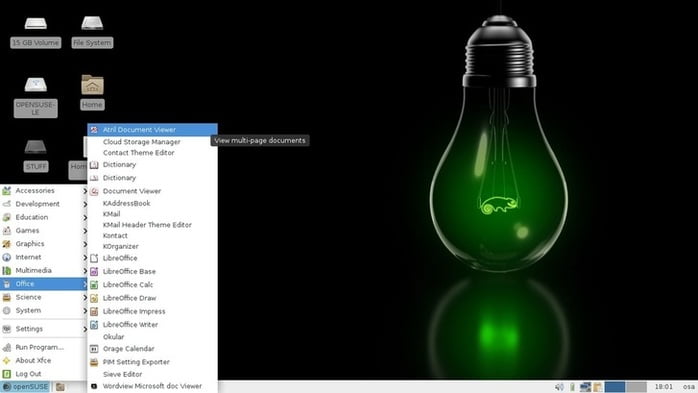
openSUSE xfce desktop
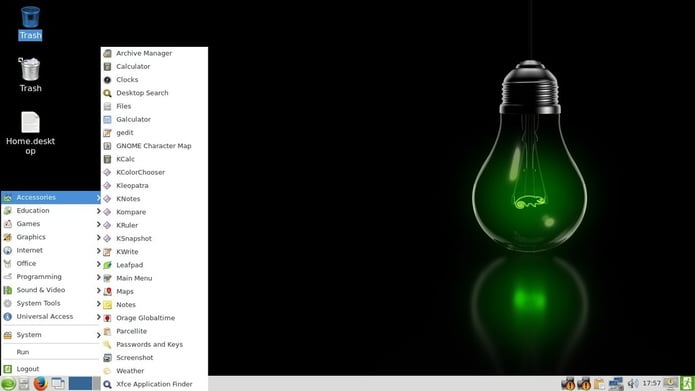
openSUSE with LXDE
YaST and Zypper – The key differentiators
A key differentiator for openSUSE compared to other Distros is YaST. YaST is your all-in-one tool for installing software, setup hardware, configure the network, system services and tune your security settings.. For the lovers of YaST, it is its ease of use that sets it apart. YaST stands for “Yet another Setup Tool”. YaST2 comes with AutoYaST for automatic installation and there is also a web interface for YaST called WebYaST. Software installation via YaST is easy.
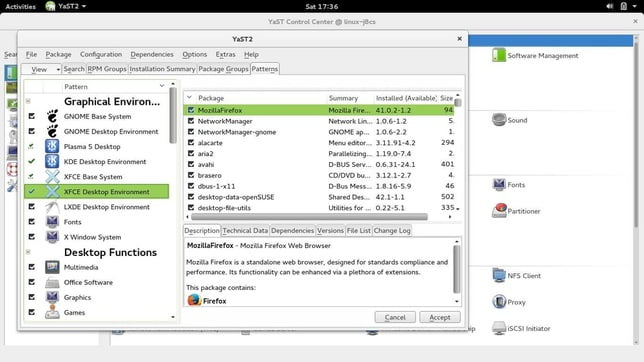
YaST Control Center
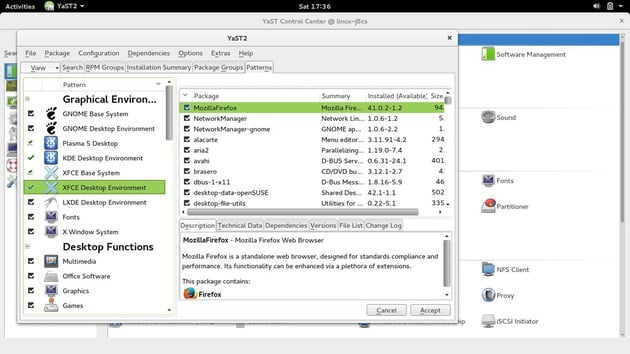
openSUSE yast2 software installation
Zypper is also used instead of apt-get in Ubuntu. Zypper is arguably smarter than apt-get as it only downloads the differences in packages and not the full package as the latter. Thus, openSUSE by default uses the Delta RPMs when updating. The package manager used in openSUSE is RPM (RPM for Redhat, Fedora and SUSE, Debian and its derivatives use Deb). Zypper can be slower as by default it updates the repositories anytime you use the tool but this can be disabled.
openSUSE Download & Installation
Download openSUSE
The latest release is openSUSE Leap 42.1(https://software.opensuse.org/421/en) for the regular-release and a rolling edition (Tumbleweed) Download Tumbleweed. This distro is delightful and impressive for the experienced user, and even for the linux newbie. There are options for a 4.7GB DVD (also suitable for USB) which contains a large collection of software for desktop or server use or an 85MB Network version that downloads the installation system from online repositories for the regular release version and eiither of these can be used for fresh installation or upgrading existing systems.
Install openSUSE
You can check this link (https://en.opensuse.org/Portal:Installation) for the installation instruction for the various the DVD or USB stick. You can make a bootable USB easily with the very popular Image Writer on linux or Windows. Rufus on Windows also works flawlessly. Unfortunately, there is no Live CD so you’re going to have to install on disk or use a Virtual Machine. Either way, the installation process is painless. openSUSE is compatible supports.
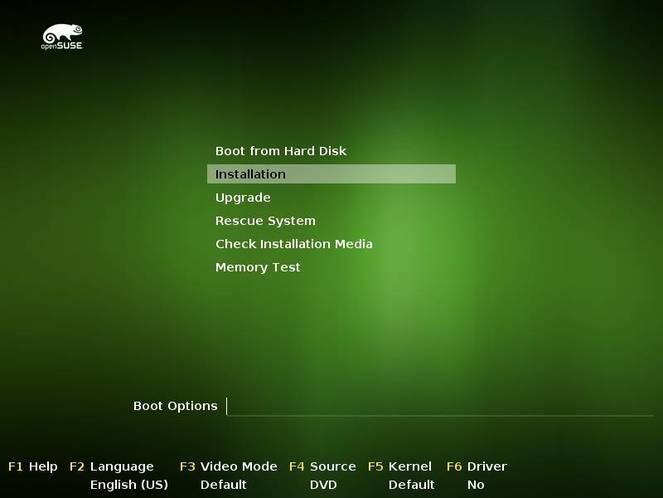
openSUSE UEFI and Secure Boot
During Installation you can choose your preferred desktop environment, whether GNOME or KDE, and XFCE, LXDE Minimal X Window, or Text Mode which are hidden under the other option.
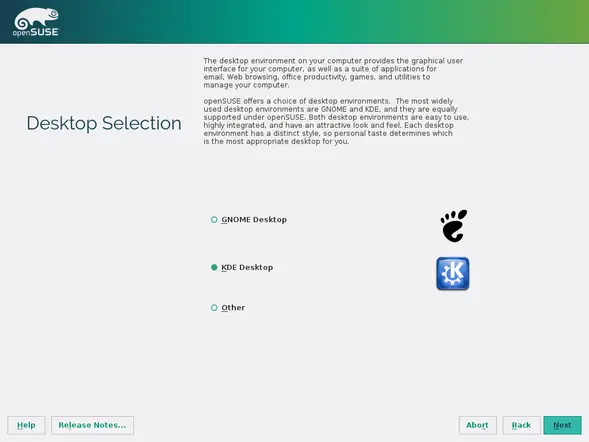
openSUSE desktop desktop environments
At the installation settings, you can select software packages that you want to install on your system. There are a ton of options that are available giving you control over almost every single aspect. You can even enable or disable secure boot depending on your system.
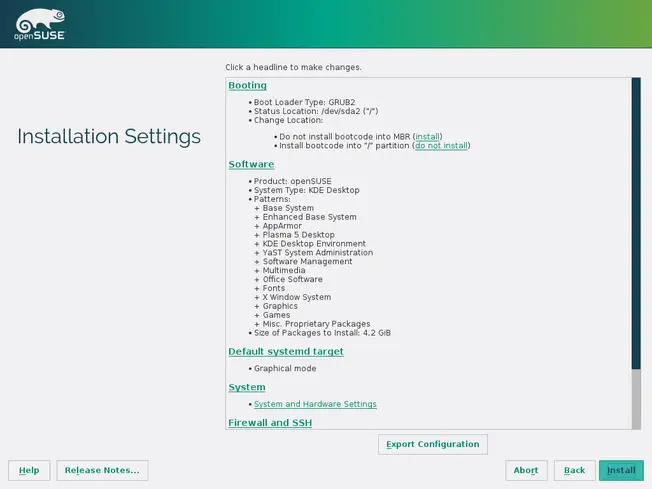
openSUSE desktop installation settings
You can even choose to install all or any of the other desktop environments here. The installation is painless but you should always double check your target disks especially when you are dual booting with another os especially Windows. If you encounter an error message, take note of it and check online documentation for help. When the installation is completed, your machine will restart and you are a go.
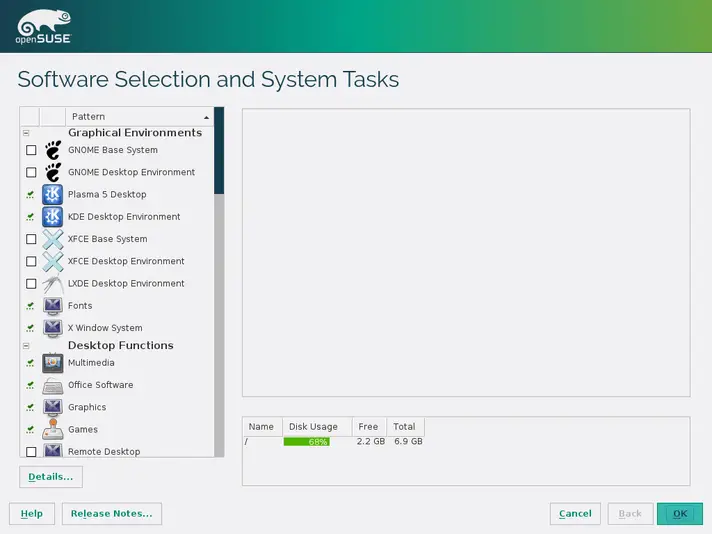
openSUSE software selection
Conclusion
openSUSE is no Linux Mint out of the box, but it is a worthy alternative to Ubuntu. openSUSE 42.1 is a very capable multi-purpose distro, with a stable release (openSUSE Leap 42.1), a rolling release (Tumbleweed) for those who prefer the bleeding edge software packages. There are options for most of the popular desktop environments not limited to but including KDE, GNOME, and XFCE. It is perfect as a desktop OS, and will effectively serve your server needs. There is even openSUSE-EDU that seeks to meet the needs of those in education. However you want your Linux served, openSUSE just might be the one, it is the one that fits all.
LinuxAndUbuntu Newsletter
Join the newsletter to receive the latest updates in your inbox.

